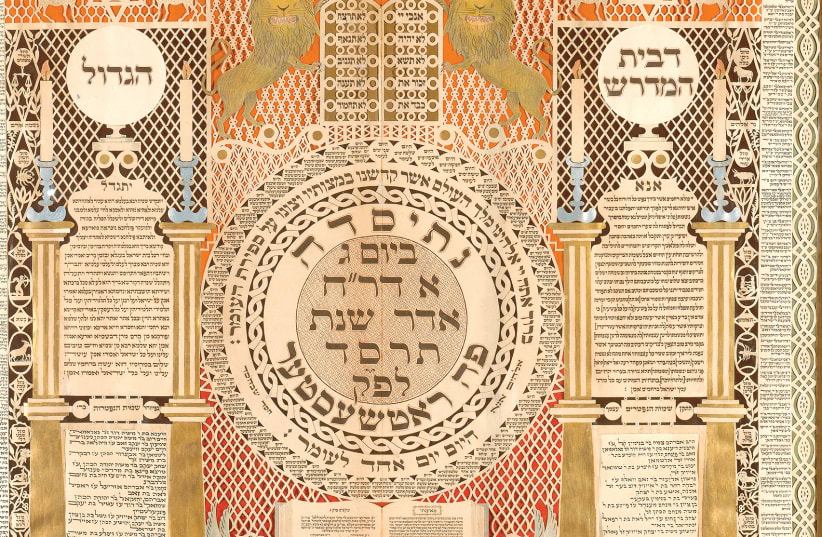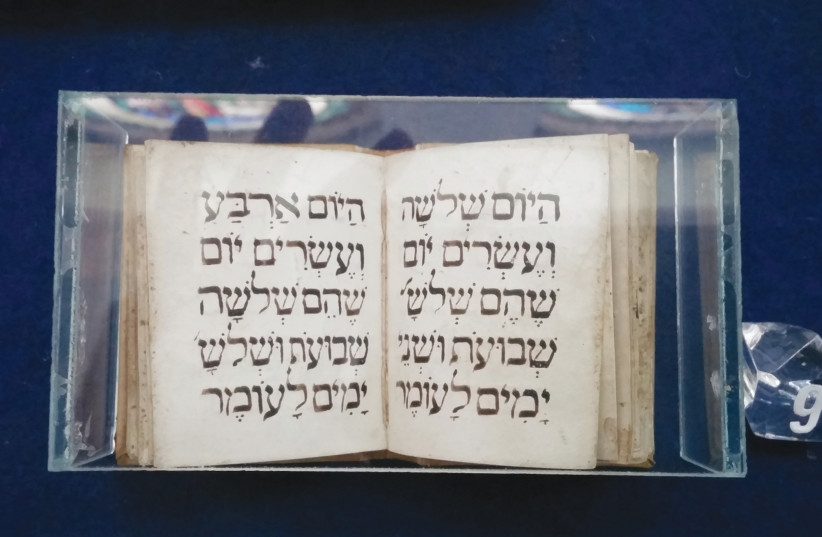There are 49 days between the second night of Passover and the holiday of Shavuot, but who’s counting?
Jews the world over, in fact, and in languages familiar and obscure.
The daily counting of the Omer is an old ritual being given new life this season by the Jewish Language Project at Hebrew Union College-Jewish Institute of Religion. On each day of the seven-week period, the research group will post a version of the counting in a different vernacular Jewish language, from Ladino and Yiddish to less familiar languages like Judeo-Georgian and Judeo-Persian.
Why translate counting the Omer?
The multilingual Omer counter is a way to draw attention to Jewish linguistic diversity, revive interest in fading languages and celebrate the far-flung nature of the Jewish Diaspora.
“Because of migration, nationalist language policies, and genocide, a large percentage of the languages in our Omer counter are currently endangered.”
Sarah Bunin Benor
“Because of migration, nationalist language policies, and genocide, a large percentage of the languages in our Omer counter are currently endangered,” write Sarah Bunin Benor, founding director of the Jewish Language Project, and Eden Moyal, its curator. Benor is a vice provost at HUC-JIR, and Moyal is a linguistics and anthropology major at UCLA.
The Omer (or “sheaf” in Hebrew) was a harvest offering made at the Temple in Jerusalem in ancient times between the two holidays; the daily counting during home and synagogue prayers outlived the Temple as a symbol of the thematic links between Passover and Shavuot.
Although the counting is usually recited in Hebrew, the Jewish Language Project’s Omer counter translates the formula into the vernacular, often a Judaized version of the local language. To nail down how different communities might have referred to the counting, Benor and Moyal consulted historical documents, scholars and native speakers — a process of historical detective work when it came to extinct languages, such as Judeo-Provençal and Judeo-Catalan.
In Judeo-Italian, for example, the 20th day of the Omer will be welcomed with, “Oggi e er ventesimo giorno der Ngomer.”
The Jewish Language Project is dedicated to preserving languages whose fate is tied to the Jewish communities who spoke them. “For example, Judeo-Esfahani, Judeo-Kermani, and Lishan Didan are spoken primarily by elderly Jews who moved from Iran to Israel and the United States and [have] not passed their languages on to their children,” write Benor and Moyal. “Including these languages here helps to raise awareness about them while there’s still time to learn from native speakers.”
The counts will be posted daily on Facebook, Twitter and Instagram and archived on the Jewish Language Project’s website.

